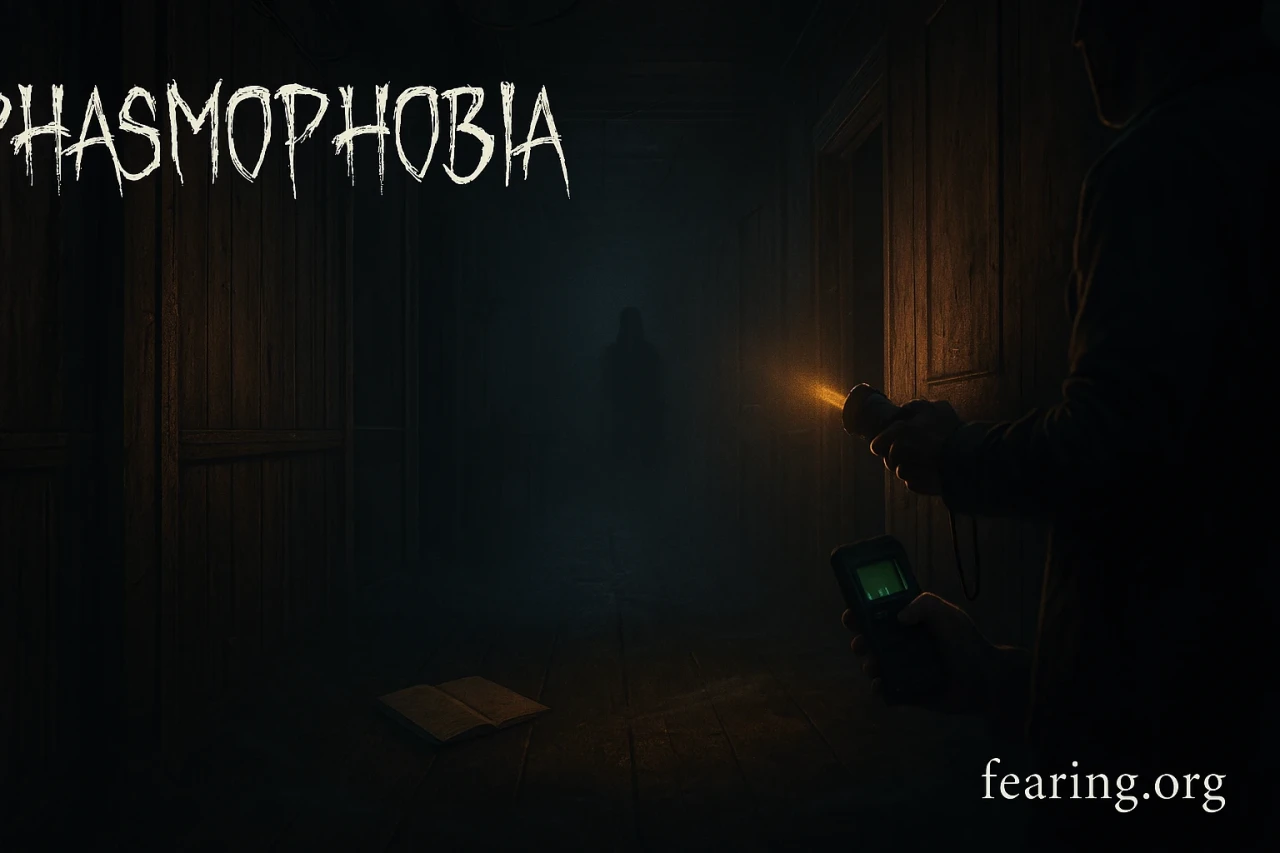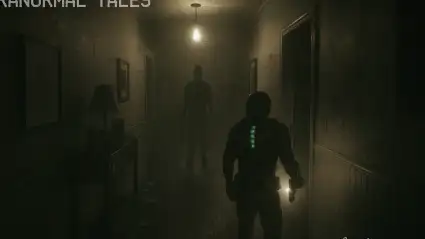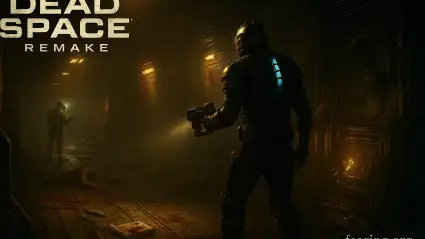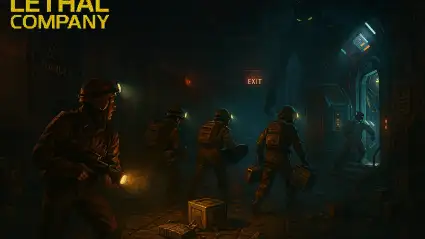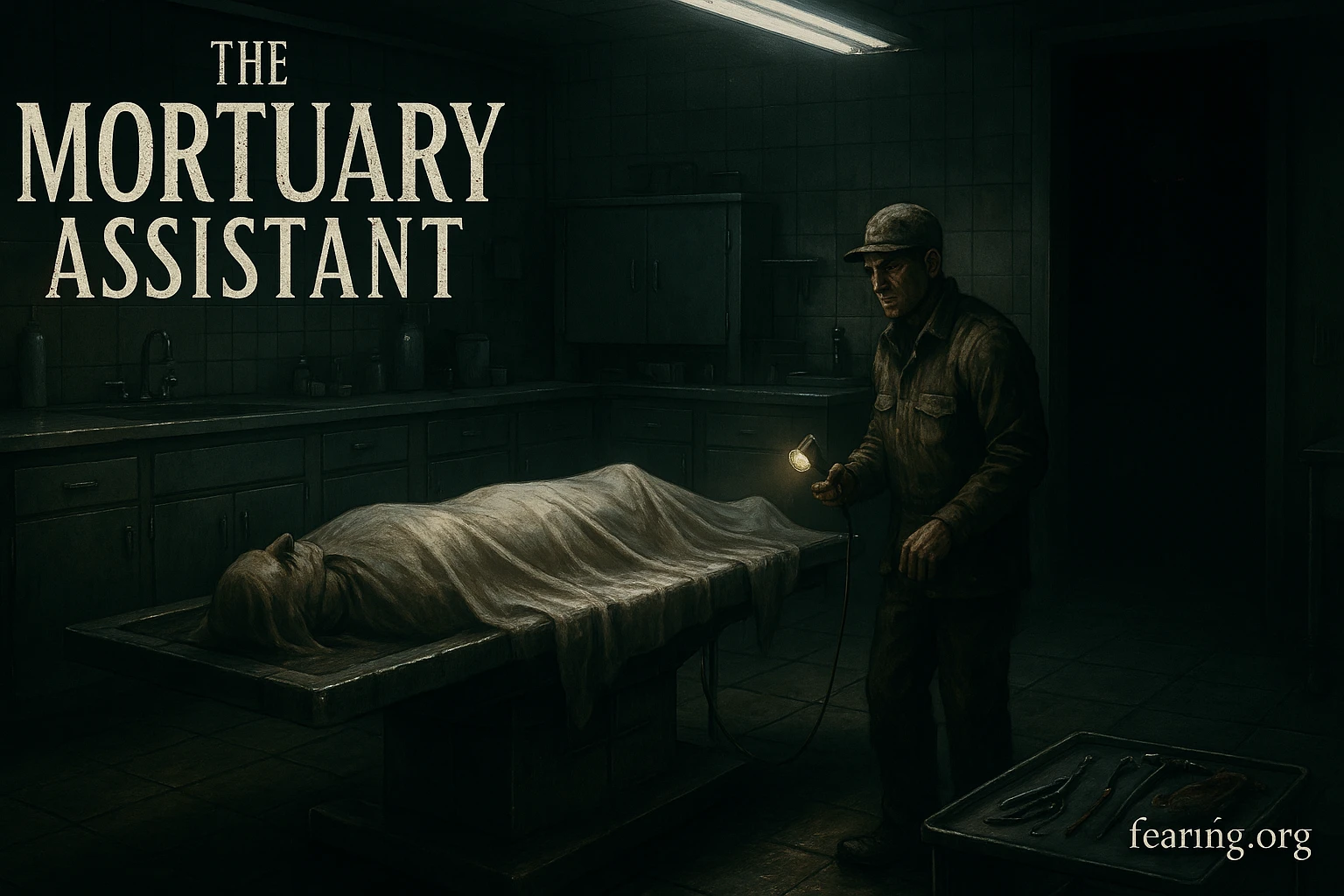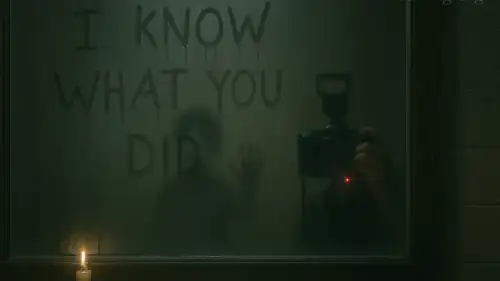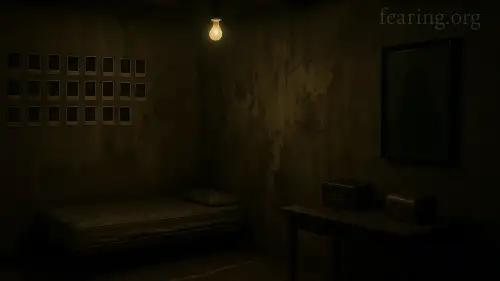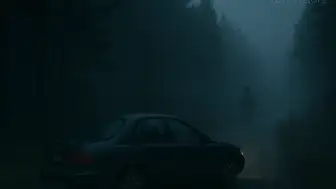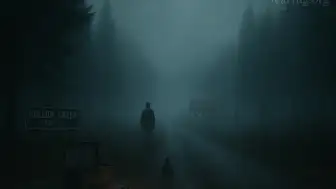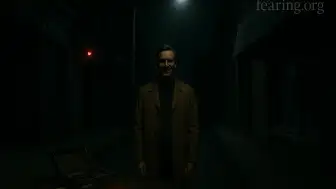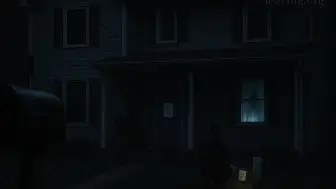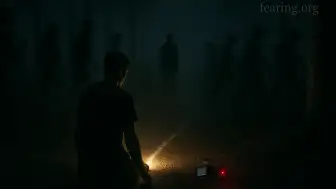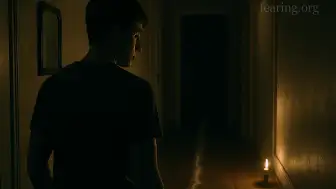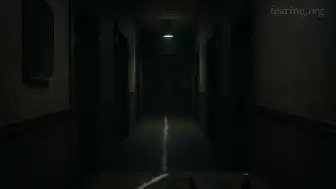In the crowded world of multiplayer horror, few games have had the staying power and community devotion of Phasmophobia. Developed by Kinetic Games, what started in 2020 as a low-budget indie experiment quickly became a cultural phenomenon. As of 2025, with countless updates, new maps, and a fully fleshed-out roadmap, the question arises: Is Phasmophobia still the reigning king of co-op ghost hunting horror?
"You don’t play Phasmophobia. You invite it in."
This review dives deep into the latest version of the game—its mechanics, horror systems, updates, VR support, community mods, and what sets it apart even five years later. Spoiler: it’s not just the jump scares.
👻 Concept and Gameplay: Paranormal Investigator Simulator
At its core, Phasmophobia is a 1-4 player co-op horror game where you take on the role of ghost hunters attempting to identify paranormal entities in a variety of haunted locations. Players use a wide arsenal of ghost-hunting tools—EMF readers, spirit boxes, video cameras, salt, crucifixes—to collect evidence, survive hauntings, and earn in-game money.
Each mission is procedurally generated. Ghost behavior changes with every contract, and randomness plays a key role in keeping the experience fresh. But beneath the randomized chaos lies a set of meticulously designed systems built to foster tension.
"You’ll learn to fear silence more than screaming." — GameRant
The core loop of entering, investigating, identifying, and escaping hasn’t changed dramatically—but nearly every layer around it has evolved.
🏚️ Maps, Environments, and Atmospheric Design
Originally launching with a few core maps, Phasmophobia in 2025 boasts over a dozen highly detailed, uniquely horrifying locations:
Bleasdale Farmhouse: still one of the most iconic and dread-inducing.
Maple Lodge Campsite: an open, forested environment filled with hidden paths and misleading audio.
Sunny Meadows Asylum (Full): an enormous multi-wing facility perfect for 4-player chaos.
High School and Prison: sprawling interiors now updated with dynamic lighting and AI pathing.
Each location oozes with dread. Lighting is dynamic and sparse. Ambient sounds—creaks, moans, distant footsteps—amplify tension. And with recent weather effects, your visibility and strategy can shift mid-mission.
🔦 Equipment and Evidence System: Expanded and Smarter
Phasmophobia’s strength lies in how it simulates the procedural monotony of ghost hunting… and slowly turns it into psychological warfare. In 2025, the equipment roster has expanded with:
Tripod thermal cameras
Sound sensors with directional feedback
Advanced motion detectors
Custom difficulty modifiers
Cursed items (Ouija Boards, Tarot Cards, Monkey Paw, Music Box)
Each ghost is tied to a combination of three evidence types. Your job? Determine which one using subtle clues while not dying.
But here's the catch: ghosts evolve. Many now fake evidence, trick players with false readings, or bait with lures. The more time you spend in the house, the smarter and angrier they become.
"Sometimes the ghost doesn’t want to be found. It wants to hunt you." — Kotaku
🧠 AI and Behavior: Smarter Than Ever
Ghosts have behaviors now:
Some react to specific names or voice tones
Others mimic player footsteps or voice chat
Many are territorial, punishing teams that linger too long
Several can now even open doors, stalk players silently, or split groups
This behavior-based AI is at the heart of the game’s sustained fear. The ghosts don’t just follow paths—they adapt to you.
🎧 Audio Design and Voice Recognition
Phasmophobia’s standout feature remains its in-game voice recognition system, which allows players to interact with ghosts using real speech. Asking “Are you here?” or “What do you want?” can provoke terrifying responses.
And in 2025, it’s better than ever:
Voice modulation during hunts (to mimic teammates)
Whisper effects in directional audio
More contextual ghost responses
Combined with top-tier ambient audio design—rattling pipes, whispering wind, and ghost breathing—it creates a headphone-mandatory experience.
🎮 VR Support and Immersion
Phasmophobia has full VR support, and the team has doubled down on making it the best horror VR experience available:
Full hand-tracked interactions
Real-time flashlight physics
Grab-and-drop inventory
Custom VR comfort settings (snap turns, seated play, etc.)
VR amplifies the experience. Holding a candle in one hand and a crucifix in the other as you hear footsteps behind you? Pure terror.
🧩 Progression System, Levels, and Customization
Players can now earn XP, unlock cosmetics, badges, and even ghost-hunting perks. Loadouts can be saved. Prestige levels have been introduced. There’s even a seasonal challenge system that includes:
Unique ghost types
Time-limited maps
Bonus rewards for high-difficulty contracts
Plus, community-created challenge modes keep the meta fresh.
💻 Technical Details & Optimization
Platforms: PC (Steam, VR), with console ports planned for late 2025
Price: $13.99 USD (Standard)
Developer: Kinetic Games
Publisher: Kinetic Games
Minimum Specs:
OS: Windows 10 64-bit
CPU: Intel Core i5-4590 / AMD FX 8350
GPU: NVIDIA GTX 970 / Radeon R9 290
RAM: 8 GB
Storage: 21 GB
Recommended for VR:
CPU: Intel i7 / AMD Ryzen 7
GPU: RTX 2060 or higher
RAM: 16 GB
The game remains extremely well optimized and is frequently updated.
🛒 Where to Buy
Steam (PC)
Coming soon: Xbox Series X/S and PlayStation 5 (Late 2025)
✅ What Works:
🟢 Intense, dynamic ghost behavior
🟢 Best-in-class voice recognition
🟢 VR immersion is unmatched
🟢 Constant content updates and active dev team
🟢 High replayability through procedural design
❌ What Doesn’t:
🔴 Steep learning curve for new players
🔴 Some graphical assets still look dated
🔴 Solo play can feel punishing without teammates
🎯 Final Verdict
Phasmophobia (2025) is more than just a ghost game—it’s a long-term horror ritual. It blends procedural systems, voice mechanics, environmental storytelling, and tension like no other. Whether you're in it for the screams or the strategy, it remains the undisputed champion of co-op horror gaming.
Score: 9.3 / 10
“It’s not the ghosts you fear—it’s who you become trying to find them.”

